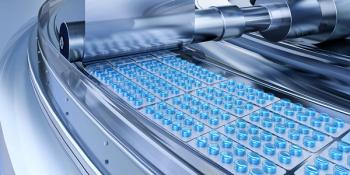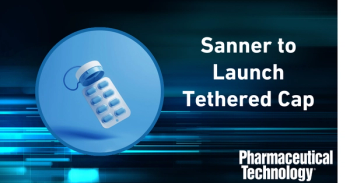
Equipment and Processing Report
- Equipment and Processing Report-07-18-2012
- Volume 0
- Issue 0
July 2012 Editor's Picks: Products from Sartorius Stedim Biotech and Waters
PharmTech's monthly newsletter, Equipment and Processing Report, reviews the Editor's Picks for the July 2012 edition from Sartorius Stedim Biotech and Waters.
Sartorius Stedim Biotech
Sterilizing-grade filter improves biopharmaceutical manufacturing efficiency
Sartorius Stedim Biotech’s (SSB) Sartopore Platinum sterilizing-grade filter for biopharmaceutical manufacturing improves product yields and filtration performance. The surface of the polyethersulfone filter membrane has been modified using a hydrophilic, thermostable polymer. This surface modification increases wetting properties, which reduces the amount of water for injection needed to wet the cartridge, and minimizes protein binding, which increases product yield. The membrane has been pleated using SSB’s newly developed, proprietary TwinPleat process. The alternating long and short pleats of the membrane increase the filter area of a 10 in. cartridge by more than 60%. At the same time, this geometry ensures that liquids flow through the entire filter area so that the filtration capacity of the cartridge is used to the fullest extent, which improves filtration performance and lower filtration costs. The filter cartridges can be dry-steam sterilized in the forward or the reverse direction without altering the properties of their membrane. The filters can be used in the entire pH range from 1 to 14.
Waters
Mass spectrometers with increased sensitivity reduce laboratory downtime
Waters added its StepWave ion optics technology to its new Xevo G2-S QTof and Xevo G2-S Tof benchtop, time-of-flight mass spectrometers (MS), which makes them up to twenty times more sensitive than earlier-generation instruments. StepWave ion optics technology transfers ions efficiently while actively filtering out undesirable neutral contaminants. As a result, MS signals are increased and, because critical components in the device stay clean for longer periods of time, quantitative results are more reproducible and laboratories experience less downtime due to routine cleaning and maintenance. The instruments are designed to work with Waters ACQUITY UltraPerformance LC System and are capable of achieving low detection limits with minimal sample volumes.
Articles in this issue
over 13 years ago
Analytical Tools for a Quality-by-Design Approach to Lyophilizationover 13 years ago
Product Neutralization for Rapid Microbiological Test Methodsover 13 years ago
Defining Design Space in Hot-Melt ExtrusionNewsletter
Get the essential updates shaping the future of pharma manufacturing and compliance—subscribe today to Pharmaceutical Technology and never miss a breakthrough.




